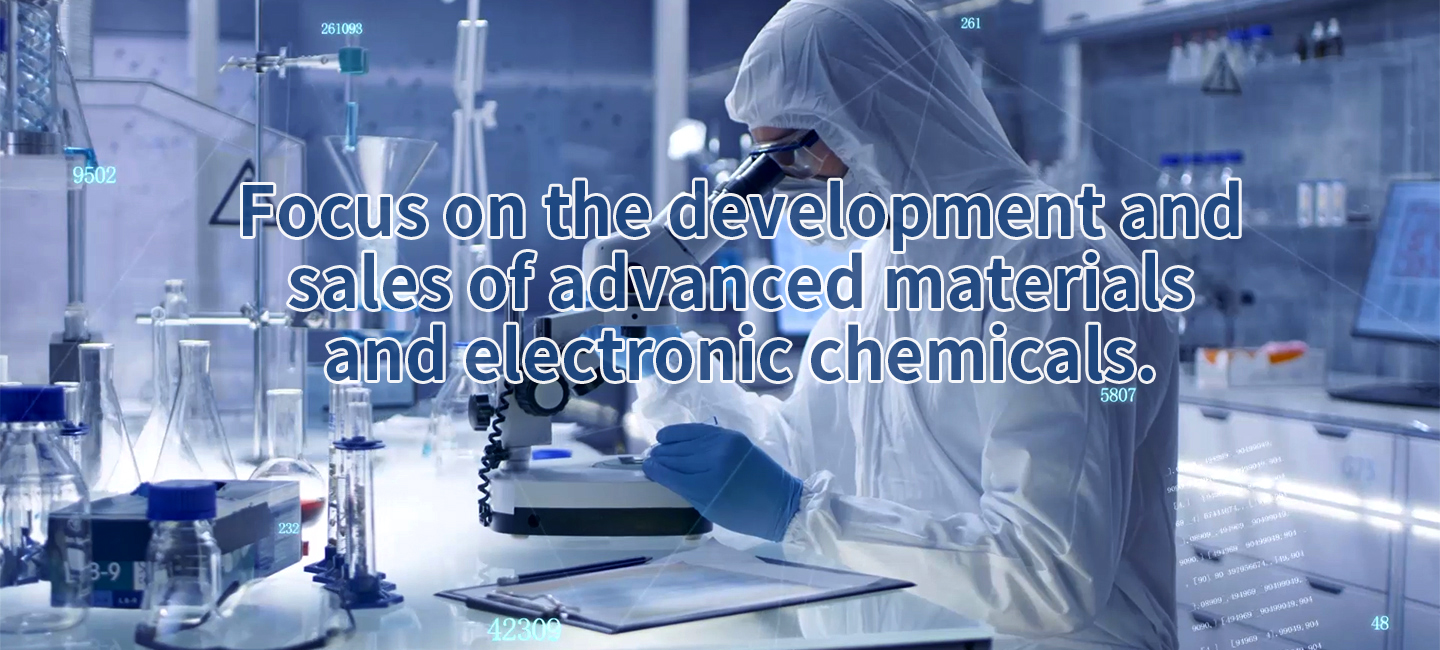The electronic chemicals industry encompasses a wide range of specialty chemicals used in the manufacturing and processing of electronic components. Below is a list of key electronic chemicals commonly utilized in this sector:
1. Wet Processing Chemicals
Phosphoric Acid: Used in etching and cleaning processes.
Sulfuric Acid: Commonly used in cleaning and etching applications.
Nitric Acid: Utilized for cleaning and as an oxidizing agent.
Ammonium Hydroxide: Employed in various cleaning and etching processes.
Iso-Propanol (Isopropyl Alcohol): Used for cleaning surfaces and equipment.
2. Specialty Gases
Silane: Used for depositing silicon in semiconductor manufacturing.
Hydrogen Chloride: Employed for removing impurities during wafer fabrication.
Nitrogen: Often used as a carrier gas or for inert environments.
3. Photoresists
Positive Photoresists: Light-sensitive materials that become soluble when exposed to UV light, used in photolithography.
Negative Photoresists: Become insoluble upon exposure to light, allowing for patterning on wafers.
4. Electroplating and Coating Chemicals
Copper Sulfate: Used in electroplating processes for circuit boards.
Nickel Sulfate: Commonly utilized in plating applications.
5. Etchants
Hydrofluoric Acid: Used for etching glass and silicon dioxide layers.
Ammonium Persulfate: Employed as an etchant for metals.
6. Cleaning Agents
Acetone: Often used as a solvent for cleaning surfaces.
Toluene: Utilized in various cleaning applications within the electronics industry.
7. Other Important Chemicals
N-Methyl-Pyrrolidone (NMP): A solvent used in various applications, including photoresist stripping.
Benzene and its Derivatives: Used in various chemical processes but are being phased out due to health concerns.
This list highlights the diversity of chemicals that play crucial roles in the production and processing of electronic devices, from semiconductors to printed circuit boards. The industry continues to evolve, focusing on safer alternatives and sustainable practices while meeting the growing demands of technology.
